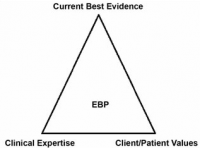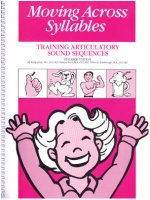
Q: I have seen the Long T Method for teaching S on this blog and in your book “Frontal Lisp, Lateral Lisp” (Marshalla, 2007) as well as in the “Straight Up Speech” program by Jane Folk (Folk, 1992). I was wondering if you had to get permission from Jane for this, or if this method is in public domain? I made up that method just as I suspect Jane did. But it turns out that it is a very old…



